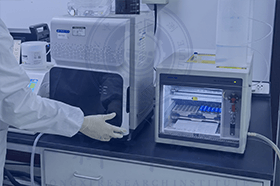检测信息(部分)
问:包装膜检测的产品信息包括哪些内容?
答:包装膜检测涵盖材质成分、物理性能、化学安全性、阻隔性能等,适用于食品、医药、工业产品等领域的包装材料质量控制。
问:包装膜的用途范围有哪些?
答:包装膜广泛应用于食品保鲜、药品防潮、电子产品防护、日用品密封等领域,需满足不同场景下的强度、耐候性及安全标准。
问:检测概要包含哪些核心步骤?
答:检测流程包括样品采集、实验室分析、数据验证及报告出具,依据国际标准(如ISO、ASTM)或客户定制要求执行。
检测项目(部分)
- 拉伸强度:衡量材料在拉力作用下的抗断裂能力。
- 透光率:评估薄膜对光线的透过性能,影响产品展示效果。
- 热封强度:检测封口处的粘合牢固度,确保密封可靠性。
- 氧气透过率:反映材料阻隔氧气的能力,关键于食品保鲜。
- 水蒸气透过率:测定防潮性能,适用于高湿度环境需求。
- 厚度均匀性:保证膜材结构一致性,避免机械加工缺陷。
- 摩擦系数:评估薄膜表面滑爽度,影响包装机运行效率。
- 耐穿刺性:测试抗尖锐物穿透能力,保护内容物完整性。
- 重金属含量:检测铅、镉等有害物质,符合环保法规。
- 溶剂残留:分析印刷或复合工艺中化学溶剂的残留风险。
- 抗静电性能:防止静电吸附灰尘,用于电子类产品包装。
- 耐高低温性:验证材料在极端温度下的稳定性。
- 迁移量测试:确保添加剂不会转移至包装内容物。
- 印刷附着力:检验油墨与基材的结合强度。
- 撕裂强度:模拟实际使用中意外撕裂的阻力。
- 透湿量:量化湿度交换速率,用于干燥敏感品包装。
- 抗老化性:通过加速老化实验预测使用寿命。
- 雾度:衡量薄膜透明度的光学指标。
- 菌落总数:针对食品级包装的微生物污染控制。
- 阻燃性能:适用于防火要求较高的工业包装场景。
检测范围(部分)
- 聚乙烯(PE)包装膜
- 聚丙烯(PP)包装膜
- 聚氯乙烯(PVC)包装膜
- 聚酯(PET)包装膜
- 尼龙(PA)包装膜
- 铝塑复合膜
- 镀氧化硅膜
- 收缩膜
- 拉伸缠绕膜
- 真空镀铝膜
- 高阻隔共挤膜
- 生物降解膜
- 透气膜
- 抗紫外线膜
- 抗菌功能膜
- 导电膜
- 农用大棚膜
- 医药泡罩包装膜
- 食品级复合膜
- 锂电池封装膜
检测仪器(部分)
- 气相色谱质谱联用仪(GC-MS)
- 电子拉力试验机
- 透氧透湿测试仪
- 摩擦系数测定仪
- 分光光度计
- 热封强度测试仪
- 原子吸收光谱仪(AAS)
- 氙灯老化试验箱
- 熔融指数仪
- 红外光谱仪(FTIR)
检测标准(部分)
本文件适用于专用盛装使用后的可重复使用医用织物(包括感染性织物、脏污织物)的水溶性包装膜袋。
本文件不适用于非医用包装的塑料膜袋。
本标准适用于以聚乙烯树脂为主要原料,通过挤出流延、印刷工艺成型的生活用干纸巾流延聚乙烯(CPE)薄膜。
本标准适用于以聚乙烯为主要原料通过共挤吹塑工艺制成的液态奶包装膜或袋。
本标准适用于使用温度在80℃以下的以不同塑料材料用干法复合、无溶剂复合、挤出复合或湿式复合工艺制成的供食品包装用的复合膜、袋产品。
This test method is designed for use by a trained sensory panel experienced in using an intensity scale or rank ordering and familiar with the descriptive terminology and references associated with the packaging materials. Data analysis and interpretation should be conducted by a trained and experienced sensory professional. See Refs (4-5) for discussions on panelist screening and training.
This test method should be considered as a screening technique for suppliers and end-users to use in assessing flavor impact of packaging films. The application of this test method will result in a FPS or rank data. The determination for suitability of a packaging film for a particular end-use should be based on a set of predetermined criteria including the FPS or rank score. Information obtained from the transfer tests can also be used to evaluate the origin of any transferred tastes or odors.
1.1 This test method covers a recommended procedure for examining odor and taste properties of polymeric film intended for use as flexible packaging materials. This test method can be used for single (mono) layers coextruded and laminate materials. The focus of this test method is the evaluation of the film in terms of its perceived inherent odor and the transfer of package-related odors or flavors or both to water and other model systems (bland food simulants).
1.2 This test method assumes testing of the films at a one-time point; shelf-life testing is not included. Please see Ref (
1.3 This test method can provide sample preparation procedures and two methods of evaluation. The Film Performance Score Method allows for the comparison of any film sample to another. The Ranking Method allows for comparison of samples within a set. The preparation of samples is consistent regardless of the method of evaluation used.
1.4 This standard does not purport to address all of the safety concerns if any associated with its use. It is the responsibility of the user of this standard to establish appropriate safety and health precision and determine the applicability of regulatory limitations prior to use
1.1 This test method covers a recommended procedure for examining odor and taste properties of polymeric film intended for use as flexible packaging materials. This test method can be used for single (mono) layers coextruded and laminate materials. The focus of this test method is the evaluation of the film in terms of its perceived inherent odor and the transfer of package-related odors or flavors or both to water and other model systems (bland food simulants).
1.2 This test method assumes testing of the films at a one-time point; shelf-life testing is not included. Please see Ref (1)2 for discussion of shelf-life testing.
1.3 This test method can provide sample preparation procedures and two methods of evaluation. The Film Performance Score Method allows for the comparison of any film sample to another. The Ranking Method allows for comparison of samples within a set. The preparation of samples is consistent regardless of the method of evaluation used.
1.4 This standard does not purport to address all of the safety concerns if any associated with its use. It is the responsibility of the user of this standard to establish appropriate safety health and environmental practices and determine the applicability of regulatory limitations prior to use.
1.5 This international sta
This guide is for user evaluation selection specification and application of stretch wrap materials. It may be used between the buyer and seller to arrive at purchase specifications. Specific methods are contained within the body of the guide for material evaluation user performance and quality assurance testing.
Care must be exercised in extrapolating test values obtained by use of the test methods outlined in this guide to actual field performance.
1.1 This guide covers recommended guidelines and test methods for the selection specification and use of stretch wrap films for unitizing reinforcing and palletizing for indoor environments. This can include storage or transport or both in warehouses closed containers such as truck trailers or rail boxcars and associated transfer terminals. This guide does not cover the performance issues associated with outdoor exposure.
1.2 The values stated in inch-pound units are to be regarded as standard. The values given in parentheses are mathematical conversions to SI units that are provided for information only and are not considered standard.
1.3 This standard does not purport to address all of the safety concerns if any associated with its use. It is the responsibility of the user of this standard to establish appropriate safety and health practices and determine the applicability of regulatory limitations prior to use.
A1.1.1 This test method is intended to be used as a means of comparing the wrapping performance of stretch wrap films.
本标准适用于以全生物降解树脂为主要原料生产的用于物流快递运输包装、投递包装的薄膜、袋。
本文件适用于塑料与铝箔和纸复合而成供食品包装用的厚度小于0.3mm的膜、袋。
本文件不适用于液体食品包装膜、袋及需要灭菌使用的膜、袋。
本标准适用于BOPP薄膜(普通包装膜、热封包装膜、消光包装膜、电容膜)生产企业单位产品能耗的计算、考核以及对新建或改扩建项目的能耗控制与评价。
本标准不适用于双向拉伸聚丙烯锂离子电池隔膜。
本部分适用于卷烟。
本文件适用于中空纤维帘式膜组件(以下简称为膜组件)的生产、科研、使用和管理。

检测优势
检测资质(部分)
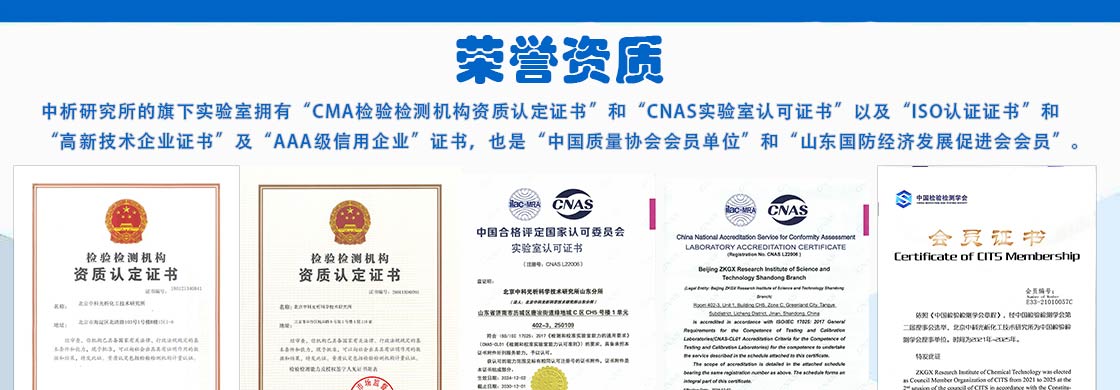
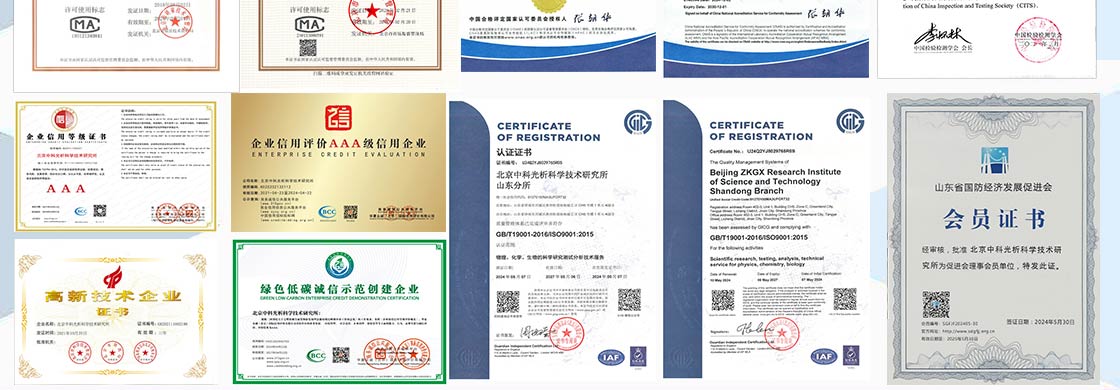
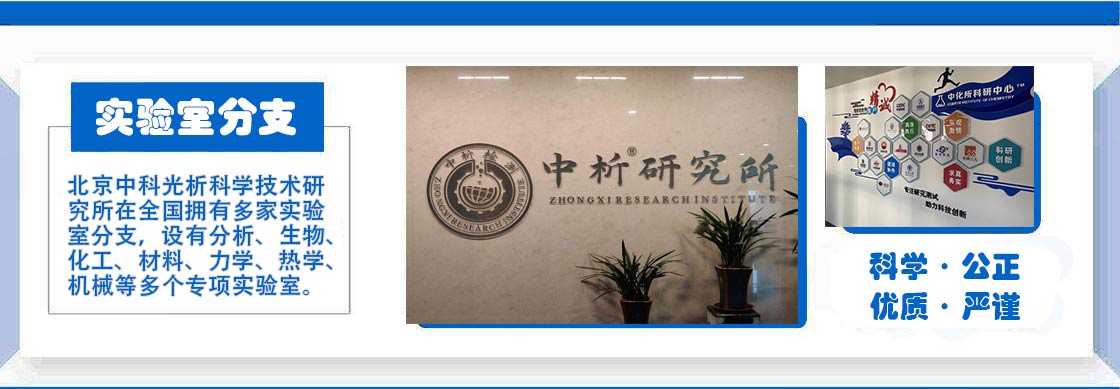
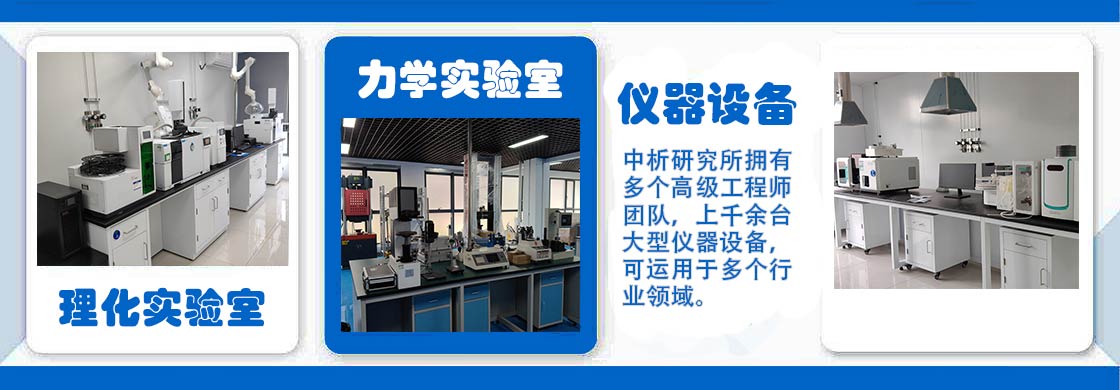
检测实验室(部分)



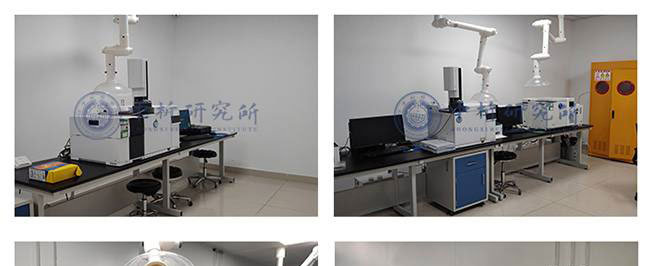
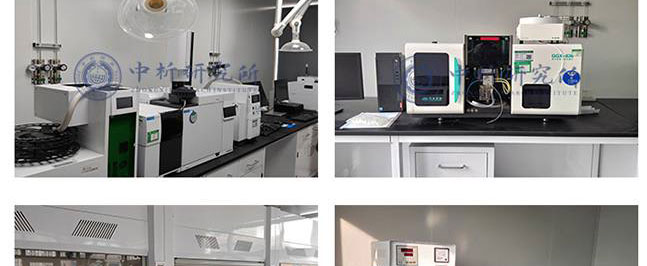
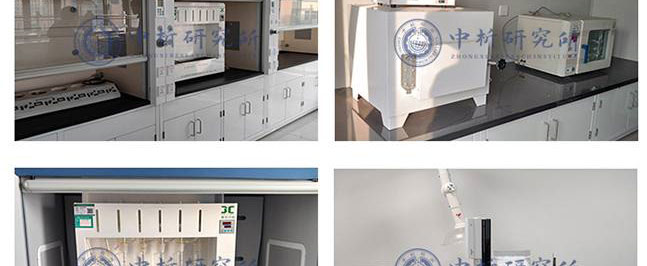
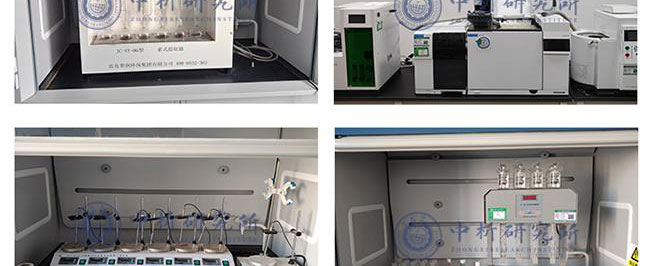
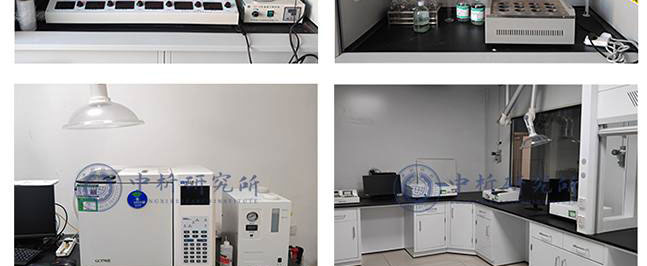
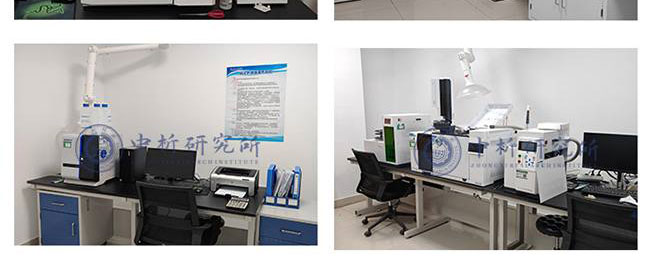
合作客户(部分)





检测报告作用
1、可以帮助生产商识别产品的潜在问题或缺陷,并及时改进生产工艺,保障产品的品质和安全性。
2、可以为生产商提供科学的数据,证明其产品符合国际、国家和地区相关标准和规定,从而增强产品的市场竞争力。
3、可以评估产品的质量和安全性,确保产品能够达到预期效果,同时减少潜在的健康和安全风险。
4、可以帮助生产商构建品牌形象,提高品牌信誉度,并促进产品的销售和市场推广。
5、可以确定性能和特性以及元素,例如力学性能、化学性质、物理性能、热学性能等,从而为产品设计、制造和使用提供参考。
6、可以评估产品是否含有有毒有害成分,以及是否符合环保要求,从而保障产品的安全性。
检测流程
1、中析研究所接受客户委托,为客户提供检测服务
2、客户可选择寄送样品或由我们的工程师进行采样,以确保样品的准确性和可靠性。
3、我们的工程师会对样品进行初步评估,并提供报价,以便客户了解检测成本。
4、双方将就检测项目进行详细沟通,并签署保密协议,以保证客户信息的保密性。在此基础上,我们将进行测试试验.
5、在检测过程中,我们将与客户进行密切沟通,以便随时调整测试方案,确保测试进度。
6、试验测试通常在7-15个工作日内完成,具体时间根据样品的类型和数量而定。
7、出具检测样品报告,以便客户了解测试结果和检测数据,为客户提供有力的支持和帮助。
以上为包装膜检测的检测内容,如需更多内容以及服务请联系在线工程师。








